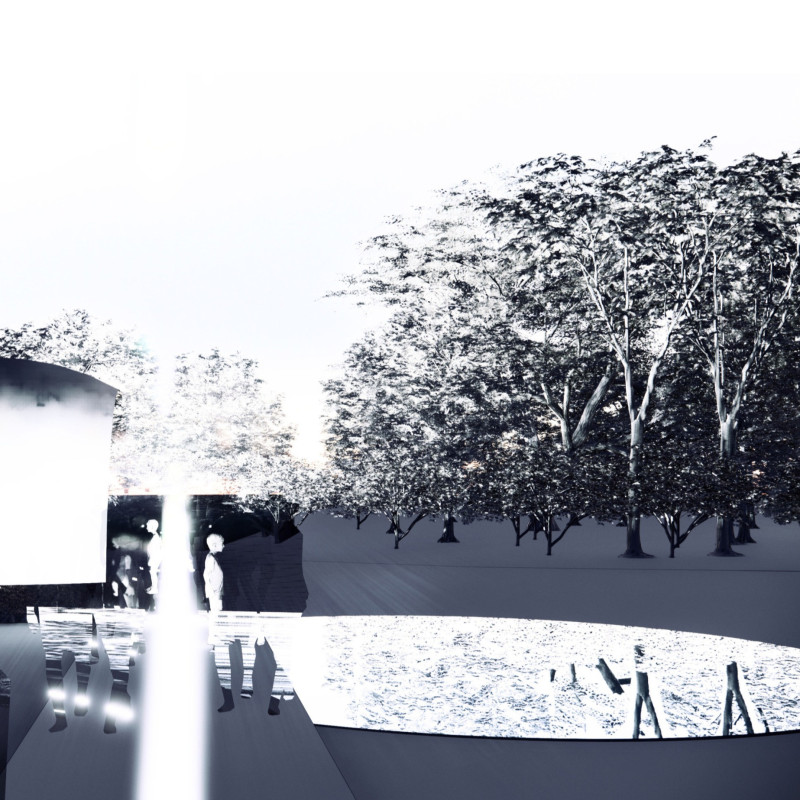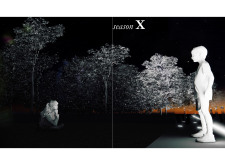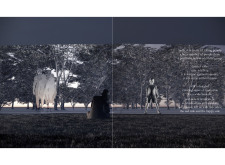5 key facts about this project
The design explores complex themes of genocide and human conflict, weaving them into a thoughtful composition. It encourages reflection on national and ethnic identities. The design serves both as a memorial and a space for education. At its core, the concept addresses the shocking reality of genocide, highlighting it as a serious crime against humanity.
Conceptual Framework
The concept focuses on contrasting experiences, specifically the duality of grief and hope. This idea shapes the design, with spaces that allow viewers to move through different emotional states. Variations in light and shadow play a vital role, enhancing the connection to the themes presented. Each area of the design invites deeper engagement with the narrative.
Spatial Dynamics
Spatial organization is essential to conveying the project's message. Spaces are arranged to represent the two emotional sides of the narrative. One area reflects the profound sadness connected to tragedy, while the other expresses resilience and strength. The experience of moving between these spaces adds depth to the overall narrative, encouraging thoughtfulness and reflection.
Architectural Elements
While the presentation does not detail specific materials, the architecture uses light and structural shapes to create interesting spaces. The way light interacts with the surfaces contributes significantly to the overall atmosphere. Shadows highlight emotions embedded in the design and help tell the project’s story.
The careful manipulation of light creates a unique atmosphere that shapes the visitor's experience. As light moves across the surfaces, it reveals different aspects of the space, echoing the themes of memory and humanity woven throughout the design. This focus on illumination not only enhances the experience but also reinforces the important messages about remembrance and reflection.






















































